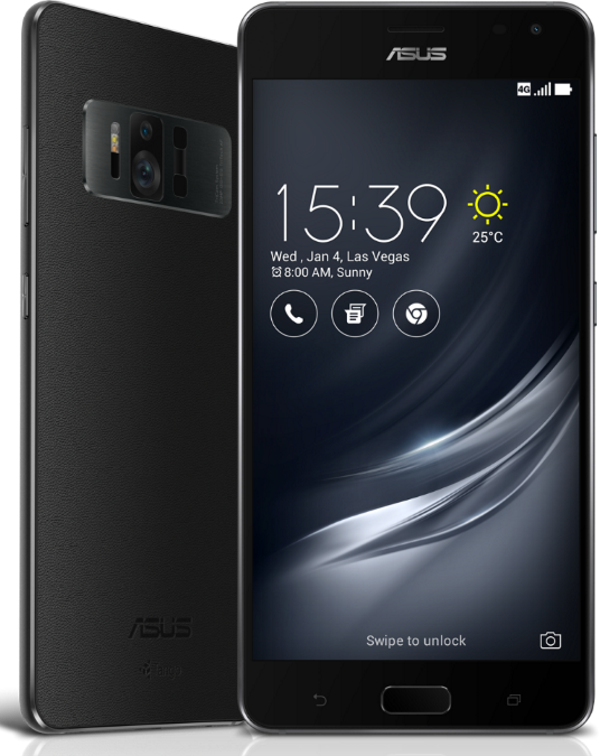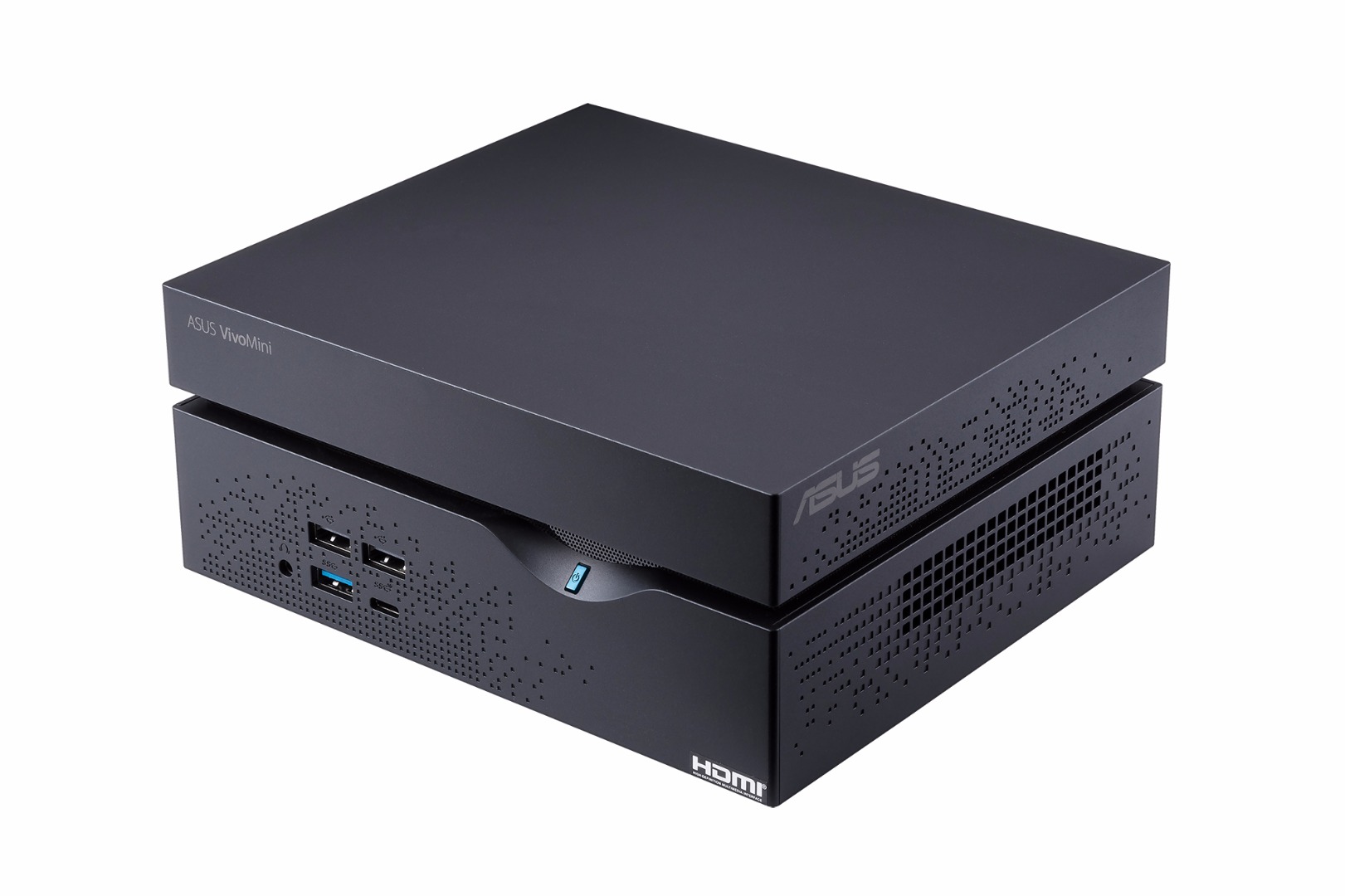CES – that time of the year when Las Vegas becomes the centre of the tech world. All of the major hardware manufacturers are in attendance, including Asus, which showed off new augmented reality (AR) enabled smartphones, a new partnership with Qualcomm Technologies to put the latest Snapdragon processors in ZenFones, and more. Read on to check out all the highlights.
Zennovation
The Taiwanese tech company opened its CES 2017 presentation with its ‘Zennovation’ Conference, highlighting the company’s dive into AR and dedication to increasing the power of its devices with Qualcomm tech.
This begins with the new ZenFone AR and ZenFone 3. According to Asus, the ZenFone AR is the first smartphone to be both Tango-enabled and Daydream-ready at conception. (Tango being Google’s sensors and computer-vision software that enables smartphone AR.)
“Our phones already assist us in our day-to-day lives, but we believe they can do even more,” Johnny Lee, Tango’s director of engineering, said on stage at the Zennovation Event. “We’re excited to see Tango technology incorporated into ZenFone AR, making its capabilities available to more people.”
ZenFone AR

Those who are heavily interested in mobile virtual reality (VR) and AR are going to want to pay attention to the new ZenFone AR. In addition to being the first smartphone to come equipped with Tango and Daydream support, the ZenPhone AR incorporates Asus’ own TriCam system – a three-camera system that includes a 23 mega-pixel main camera, motion-tracking camera, and depth-sensing camera.
Asus’s relationship with Qualcomm comes into play here as well – the ZenFone AR uses a Snapdragon 821 processor that is – you guessed it – optimized for Tango. The smartphone also has 8 GB of RAM. Despite the added tech, the ZenFone AR maintains its thin size.
There is no specific release date for the ZenFone AR, but expect to see it in the first half of 2017. Pricing is also unavailable.
ZenFone 3 Zoom

This upgraded version of the ZenFone 3 (check out our review here) is designed for photography. It uses a dual-camera system that incorporates two 12 mega-pixel cameras: a 25mm wide-angle lens and a 59mm lens, with a f/1.7-aperture. This allows users to switch between the two lens with up to a 2.3X optical zoom. The Zoom also uses a TriTech+ autofocus system, which means that, according to Asus, it can accurately focus on a subject in 0.03 seconds.
The Zoom uses a Qualcomm Snapdragon 625 processor, and has a 5000 mAh battery with up to 42 days of standby time. The smartphone can also shoot in continuous 4K for up to about 6 hours.
A release date and price are currently unavailable for the ZenFone 3 Zoom.
VivoMini PC

The Asus VivoMini PC line has seen its own fair share of upgrades, particularly in categories that small businesses might find appealing.
Both the UN65U line and the VC66 series use Asus Business Manager – a group of applications created in order to help small business owners with tasks such as updating apps, drivers, and BIOS, as well as customize BIOS logos, manage power settings, backup data for recovery, and active password-enabled USB locks.
The VC66 in particular uses Asus software for routine maintenance and management, including the Asus Remote Management Tool that helps with office PC maintenance. That includes BIOS updates, automatic simultaneous syncing across multiple devices, and remote updates to CPU, fan, or BIOS system settings.





